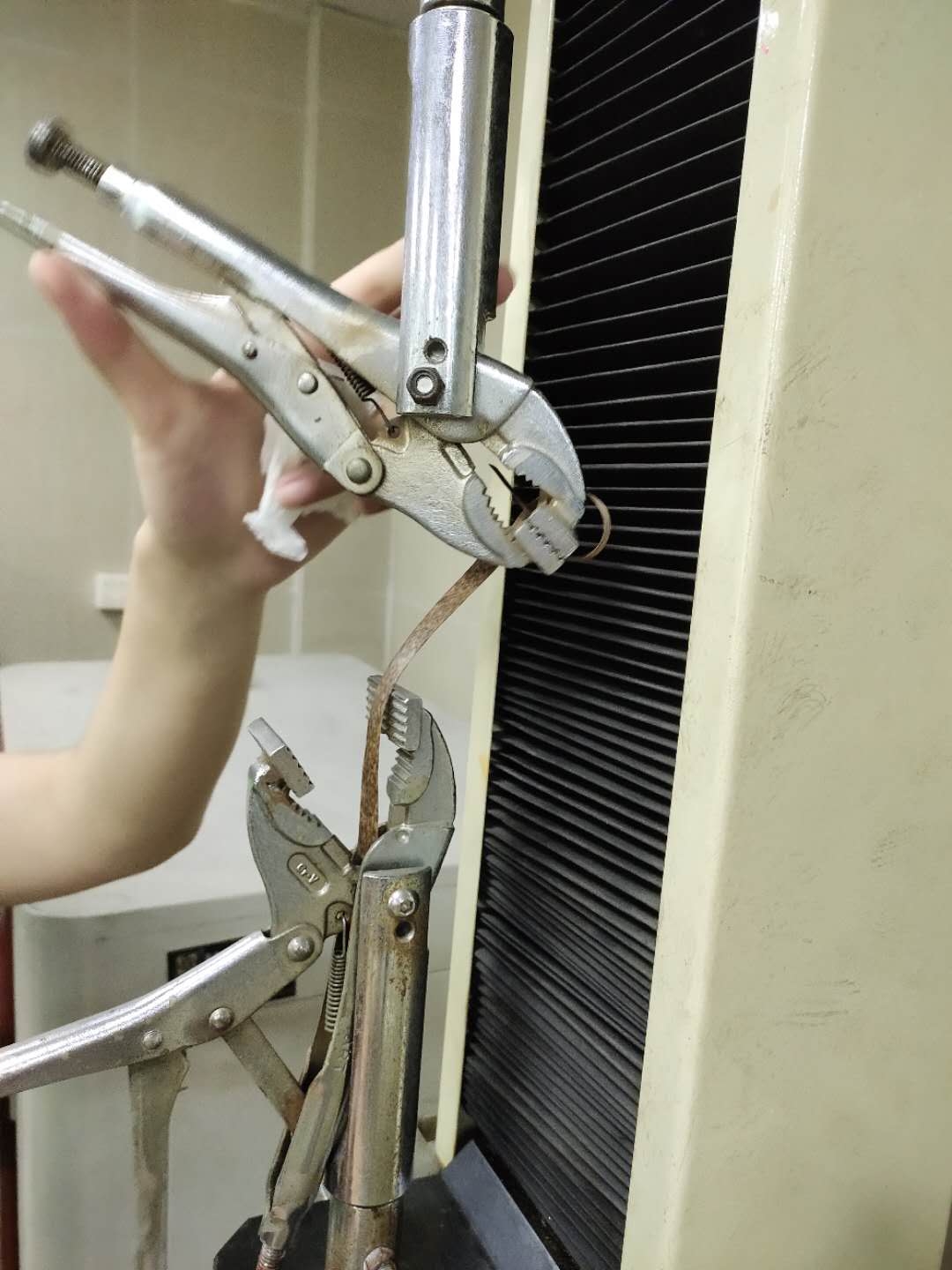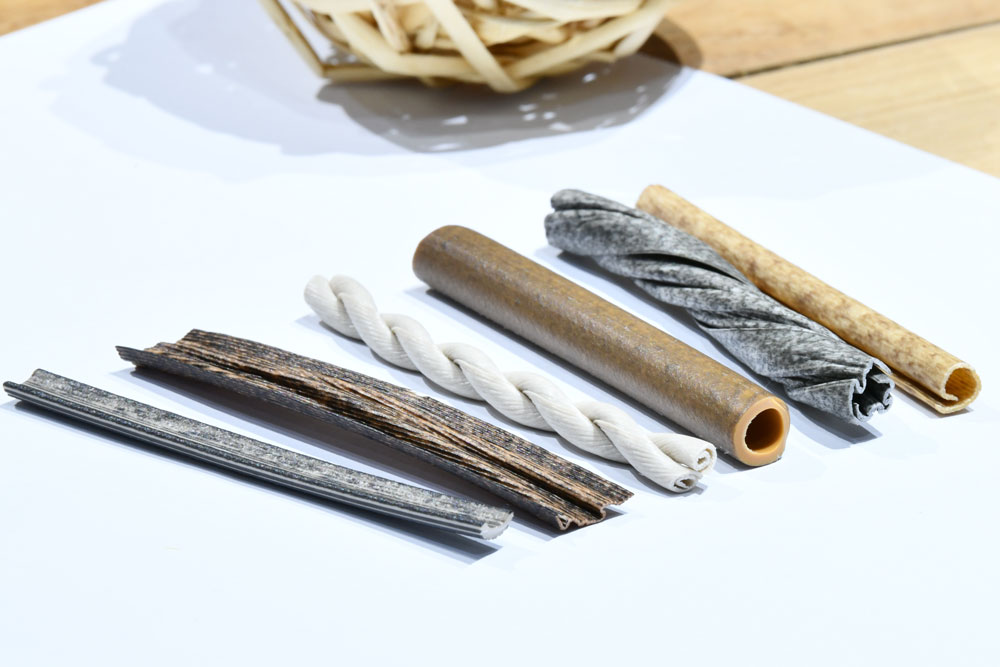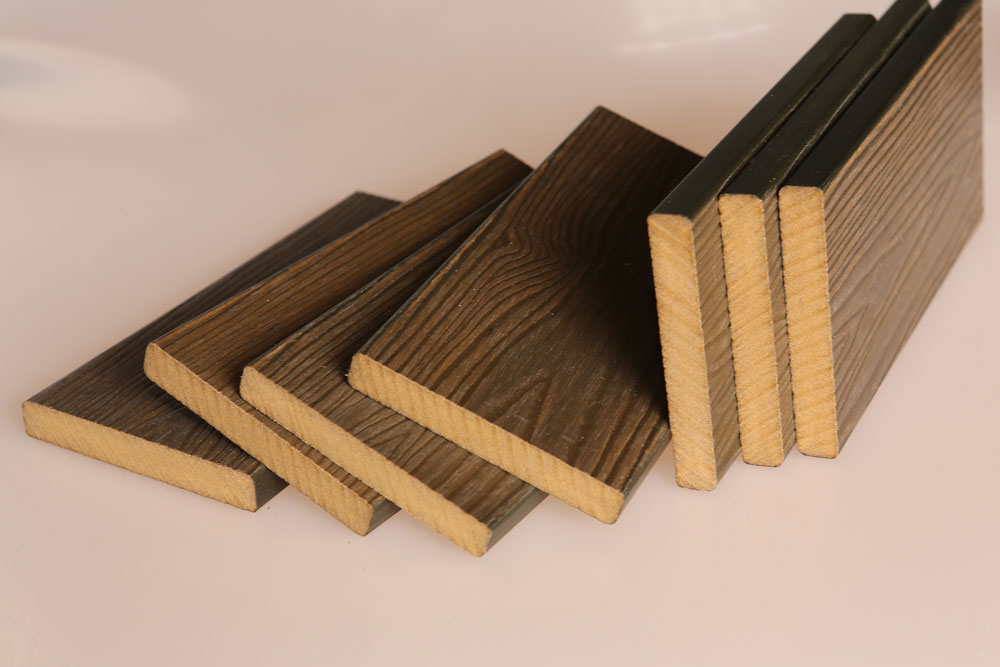Synthetic rattan, also called plastic rattan is an excellent weaving material mainly used in outdoor rattan furniture. It has a wide range of outstanding performance like waterproof, weatherproof, high strength, low maintenance, etc.
The quality of synthetic rattan material is directly decisive to outdoor rattan furniture’s service life. As a leading plastic rattan manufacturer and supplier in China, we strive to make high-quality plastic rattan with advanced techniques and a strict quality control system. In this passage, we will introduce how we ensure good quality synthetic rattan from the manufacturing process to quality inspection.
Raw Material
Choosing the right raw material means a good start for manufacturing plastic rattan. Various raw materials are apt for the production of plastic rattan, such as PE, PVC, PU, etc. HDPE, standing for high-density polyethylene, is one of the most ideal raw materials for synthetic rattan for it is high-strength, durable, 100% waterproof, recyclable, and ecological. We only use high-quality imported HDPE to manufacture synthetic rattan strips. First of all, we mix the polyethylene granules with other ingredients including pigments, antioxidants, anti-UV agents, and light stabilizers. Then we put the mixture into an extruder for high-temperature extrusion, and the plastic rattan strip will be initially formed.
Appearance & Size
When the synthetic rattan strips are packed into rolls, it is a must to inspect the quality of their appearance and size. First of all, check if there is color variation, which is not allowed to appear in the same batch of products. Besides, use the colorfastness test machine to test the colorfastness of the rattan strips. Generally, the grade of color fastness should be 4-5 to ensure the rattan won’t fade for more than 2 years.Observe the surface of rattan carefully to ensure that it is delicate, smooth, and has the characteristics of anti-moth and anti-corrosion. The coating should feel smooth without obvious particles, edges, and unevenness.
In addition, use the caliper to measure the dimension of the rattan. The width of the same batch of rattan should remain the same. In particular, check the shape of the round rattan strips to see if they are all-around enough. Use the caliper to measure the diameter of the flat rattan, whose tolerance should be ±0.12mm. The width and thickness error of the rattan is not more than ±0.5mm. In the parts in contact with the human body, all plastic rattan strips shall not have burrs, cutting edges, or edges and corners. Last but not least, the specification of all rattan or samples should be in strict accordance with clients’ requirements and relevant standards.
Tensile Force
Use the elongation testing machine to test the tensile force of the finished synthetic rattan strips. For the common rattan, the lowest standard of tensile force should be up to 70N, while that of the thicker rattan should be up to 120N or more. If the tensile force of rattan doesn’t meet the standard, the rattan material will be brittle and easily crack over long-term use.








